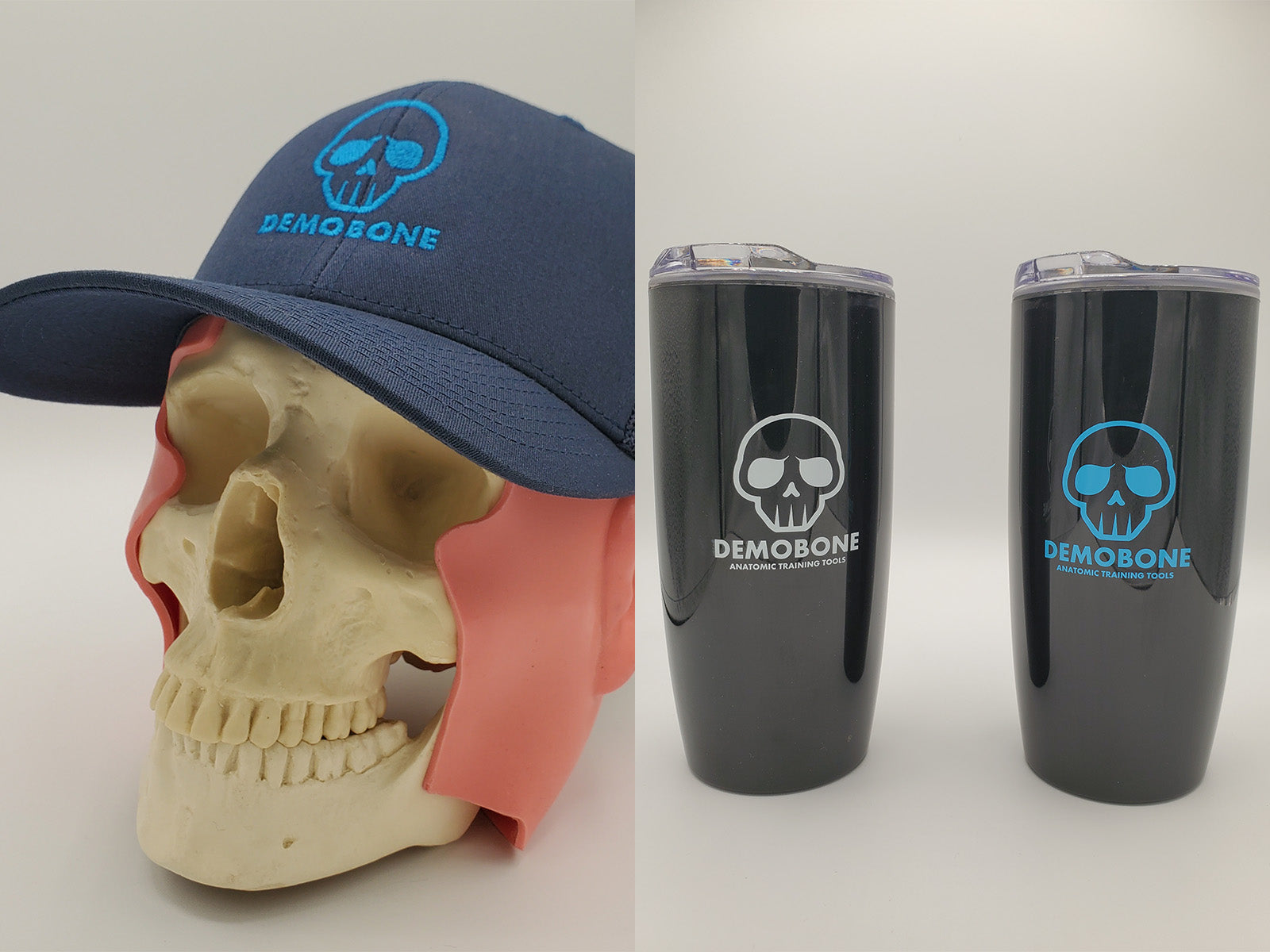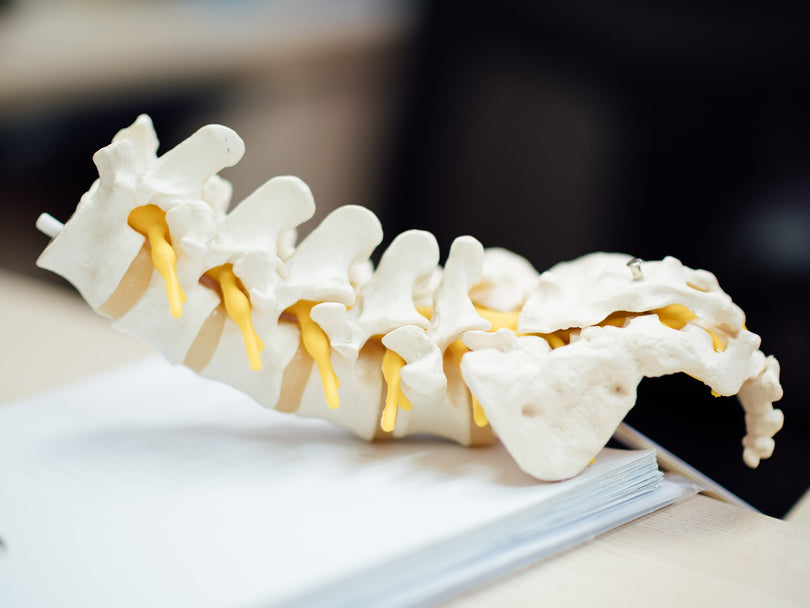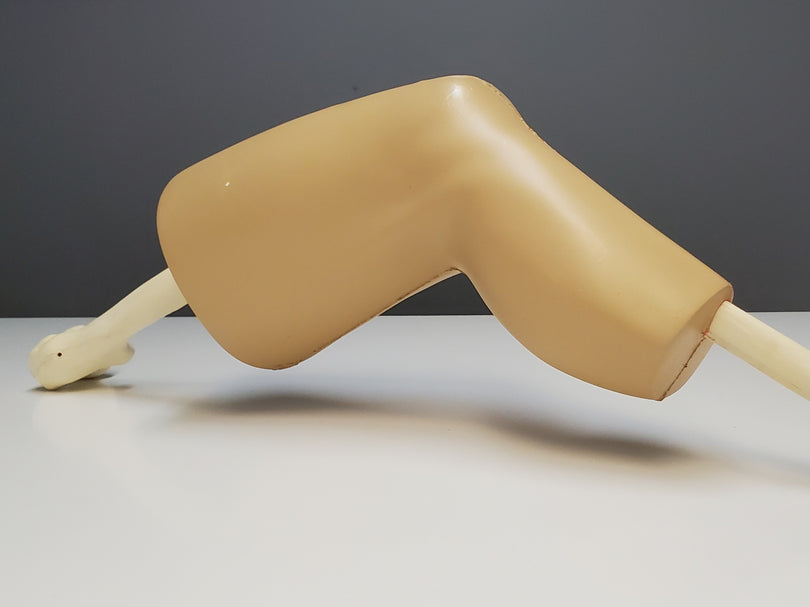How do AR and VR fit in with “Hands On” Medical Education?
VR and AR companies have become the predicted next wave of major innovation to the medical device landscape. Several companies have received significant amounts of investment to improve training and intra-operative performance for both surgeons and sales reps. The two platforms are often confused for each other, so let’s look at the differences and where their technology can benefit the industry of medical device.
TRAINING FOCUSED = VR
Virtual Reality takes the user to a computer-generated simulation of a three-dimensional environment. For our example, an operating room, that can be interacted with in a seemingly real or physical way by a person using special electronic equipment, such as a helmet with a screen inside or gloves fitted with sensors. The goal of VR platforms is to provide better outcomes through:
- Accelerated learning, memorization, and mastery of complex workflows
- Shorten learning curve on new technologies
- Refresh for complex cases not often performed
This type of training allows the participant to better understand the procedure and the steps required to get to the final desired outcome. While there maybe some haptic feedback during the session, like the vibration of a drill for instance, it is off course only simulated.
INTRA-OPERATIVE GUIDANCE = AR
Augmented Reality is a technology that superimposes a computer-generated image on a user's view of the real world. Augmented reality can be used during live surgeries or demonstrations with models or cadavers which provides the user with data in real time to make intra-operative decisions. Data is gathered from CT Imaging to provide the physician Terminator like data through glasses or sterile screens in the operative field. Here are some data points provided
- 3D Anatomy Segmentation
- AR Guidance through projected anatomical overlay
- Ideal screw trajectories, screw diameter, screw length
AR is designed for intra-operative surgical planning in real time based on patients’ anatomy for optimal procedural outcomes. In terms of impact and future innovation, we predict AR will play a much larger role in advancing medicine in the future.
Become an Expert in the OR. See one. Do one. Teach one.
VR
So where does Demobone fit into this equation? We look at anatomic bone models or sawbones as some would call them, as the “hands-on” piece that connects both systems.
We have learned that VR is mainly used in training as a video game experience focused on order of operation and repetition. From a rep standpoint, this is game changing. If your job is to make sure you know what equipment is needed in a case in what order, simulating the case repeatedly will help make sure you are ahead of the doctor with the equipment.
To get to the next level, you will also want to understand the technical aspects of the surgery itself. Repetition with surgical tools, a saw, and the actual implants, will make you a more valuable player in the OR. If you can be the trainer, the doctor will have more respect for you and confidence in trying a new product. Watching and doing are two different things.
The same can be said for a physician. VR training helps for big picture understanding but doing a dry run on a cadaver or bone models will provide the experience needed to take the procedure to the operating room. Recognizing that the doctor is married to their patients is a must. Selling a product and completing a case is one thing but making sure the system works as intended is what will change physician protocol and lead to successful outcomes for their patients.
AR
As AR continues to be developed the need to train on cadavers and bone models to understand and use the technology will grow. Right now, we see a surge in robots for knees and hips. Navigation in spine with massive O arms is where we are at today. It is unknown if AR will overtake these capital-intensive procedures with headsets that provide the information as the surgeon is looking at the operative field.
If AR begins to grow, which we predict it will, the learning curve like any new technology will need to be addressed. Cadaveric and Bone Model training will again be integral part of the process for both reps and physicians. Demobone will grow with this technology and is working with these companies to create cost effective training models that can produce realistic training exercises that can help bring a better understanding to the physician and reps ultimately providing better patient care in the long term.






